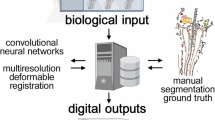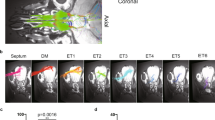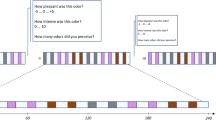Abstract
I OBSERVE in your issue (vol. xvii. p. 340) a note by Prof. O. C. Marsh stating that I have included in the cast of the olfactory lobes of the brain of Coryphodon that of a part of the nasal cavity also. Prof. Marsh fails to point out the qualifying remarks to be found in my descriptions. In the explanation of Plate I. of the Proceedings of the American Philosophical Society, 1877, p. 620, I say, “The right bulbus of the olfactory lobe is too large above, owing to the want of preservation of the superior wall of the cavity”. In my quarto report to Lieut. G. M. Wheeler in Vol. IV. p. 223 of his Report to the Chief of Engineers, I remark, “In excavating the matrix from the Olfactory chambers some difficulty was experienced in attempting to lay bare the superior and inferior walls, &c. On one side of the bulb this boundary was probably passed through, giving a larger vertical diameter than the true one”.
This is a preview of subscription content, access via your institution
Access options
Subscribe to this journal
Receive 51 print issues and online access
$199.00 per year
only $3.90 per issue
Buy this article
- Purchase on SpringerLink
- Instant access to full article PDF
Prices may be subject to local taxes which are calculated during checkout
Similar content being viewed by others
Author information
Authors and Affiliations
Rights and permissions
About this article
Cite this article
COPE, E. The Structure of Coryphodon. Nature 18, 67 (1878). https://doi.org/10.1038/018067a0
Issue date:
DOI: https://doi.org/10.1038/018067a0



